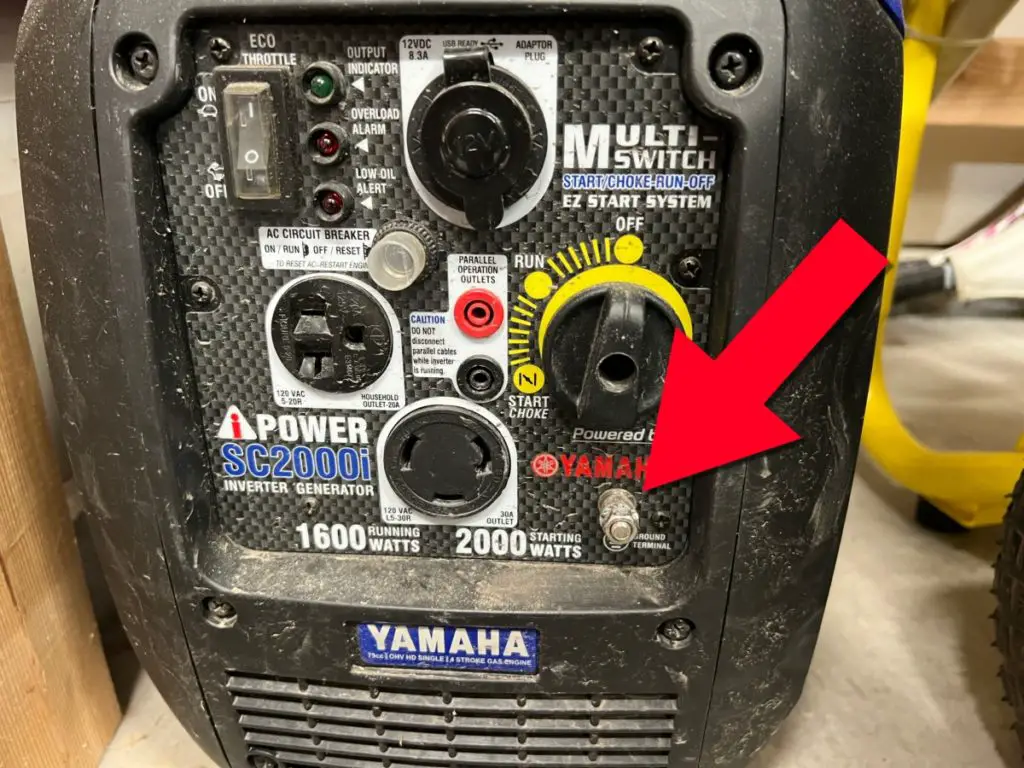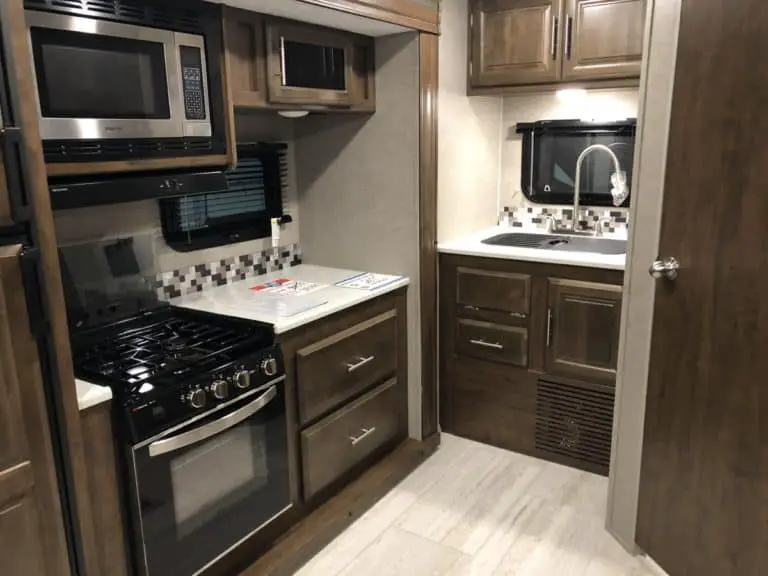Do Champion Generators Have a Floating Neutral?
The generator industry is one that’s been exploding for the better part of the last several decades. People are more concerned than ever about power outages and having to live life in the dark for any length of time. As a result, many of them are installing either whole-house generators or portable ones, such as those made by Champion.
Champion generators have a floating neutral. A floating neutral means that the neutral circuit isn’t connected to either the frame or grounded to the earth. Champion generators with a floating neutral will have both legs on their receptacles hot, and are grounded by their metal frame.
Floating neutrals have become the norm on Champion generators and on most others. However, you should never assume that your generator has a floating neutral, and you should perform a further examination to make sure. This article will look at how to check your generator for a floating neutral and what it means if it doesn’t have one.
How do I know if my generator has a floating neutral?
The first and easiest way to determine if your generator has a floating neutral is to check the face-plate of the generator. The faceplate should signify whether your generator has a floating neutral or a bonded one. However, if you have an older generator or maybe the faceplate has become damaged, you won’t be able to tell so easily. Here’s what you do if this is the case with your generator.
- Turn the generator off before performing the test to determine if it has a floating neutral.
- Use a continuity tester to check the continuity of the neutral.
- Switch the tester to the setting that checks for voltage.
- Take either prong of the tester and insert it into the left or neutral side of any of the three-prong receptacles on the generator.
- Touch the other prong to the metal frame or ground bolt on the generator.
- Your continuity tester will notify you if there is voltage running between the two prongs.
- If there is no voltage, then the neutral isn’t grounded, which means that your generator has a floating neutral.
Another way to check for an open neutral is to purchase a receptacle ground tester and plug it into one of the outlets on your generator. The receptacle tester should have three different-colored lights that shine according to your generator’s voltage. If the light comes on signifying an open ground, it means that your generator has a floating neutral that acts as the ground.
Why is a portable generator neutral floating?
Generators with a floating neutral are actually safer than generators with a bonded neutral. If you happen to touch the frame of the generator with a bonded neutral at the same time as one of the hot legs of something plugged into your generator outlet, you will be shocked. This could happen if you’re holding an electrical device or tool that suffers an internal short circuit.
With a floating neutral, however, you won’t get shocked when this happens. The reason for this is that the neutral isn’t connected to the frame of the generator which means that the frame isn’t hot. While it’s rare that you’ll be touching the frame of the generator while operating a tool, it could happen and has happened. A floating neutral acts as additional insurance that you won’t be shocked in the rare case that it should happen.
How do you ground a Champion generator?
If you don’t have a floating neutral, but rather have a bonded one, it’s necessary to ground your Champion generator. Grounding the generator does the same thing that a floating neutral does, it simply takes a little more work and effort.
If you need to know more about if your generator needs grounded, read this in depth article here.
Step 1: Install the Ground Rod
First and foremost, you’ll have to purchase and install a grounding rod to attach your generator to. Your ground rod should be six to eight feet long, ensuring that the grounded tip of the rod is deep enough so that people standing near it at ground level won’t be electrocuted. You may need a sledgehammer and a folding ladder to hammer the rod deep enough into the ground.
Step 2: Connect a Copper Wire to the Ground Rod
Next, take a bare, copper wire between 8 and 12 gauge in size and wrap it around the top of the rod sticking out of the ground. Make sure that the wire is long enough to securely wrap it around the rod several times and have plenty left over.
Step 3: Connect the Generator to the Copper Wire

Lastly, take the opposite end of the copper wire you wrapped around the ground rod and wrap it around the frame or ground bolt of the generator. The ground bolt is the preferred location and is usually located near the bottom of a Champion generator and attached to the metal frame. There should be a wing nut connected to the top of the bolt that you can loosen. Wrap the copper wire around the bolt several times, then tighten the wingnut on top of it to clamp it in place.
While you can also wrap the copper wire around the metal frame, it’s not as secure of a connection.
Should you ground a floating neutral generator?
When you’re using a generator with a floating neutral, you usually don’t need to manually ground it. The reason for this is that the metal frame acts as the ground in case of an electrical short or surge. However, if the metal frame is broken on your generator or it’s not touching the ground for some reason, you will have to ground it using the method above.
Be the first to be notified about FREE tips, hints, coupon codes, and email-exclusive information. All for FREE!









